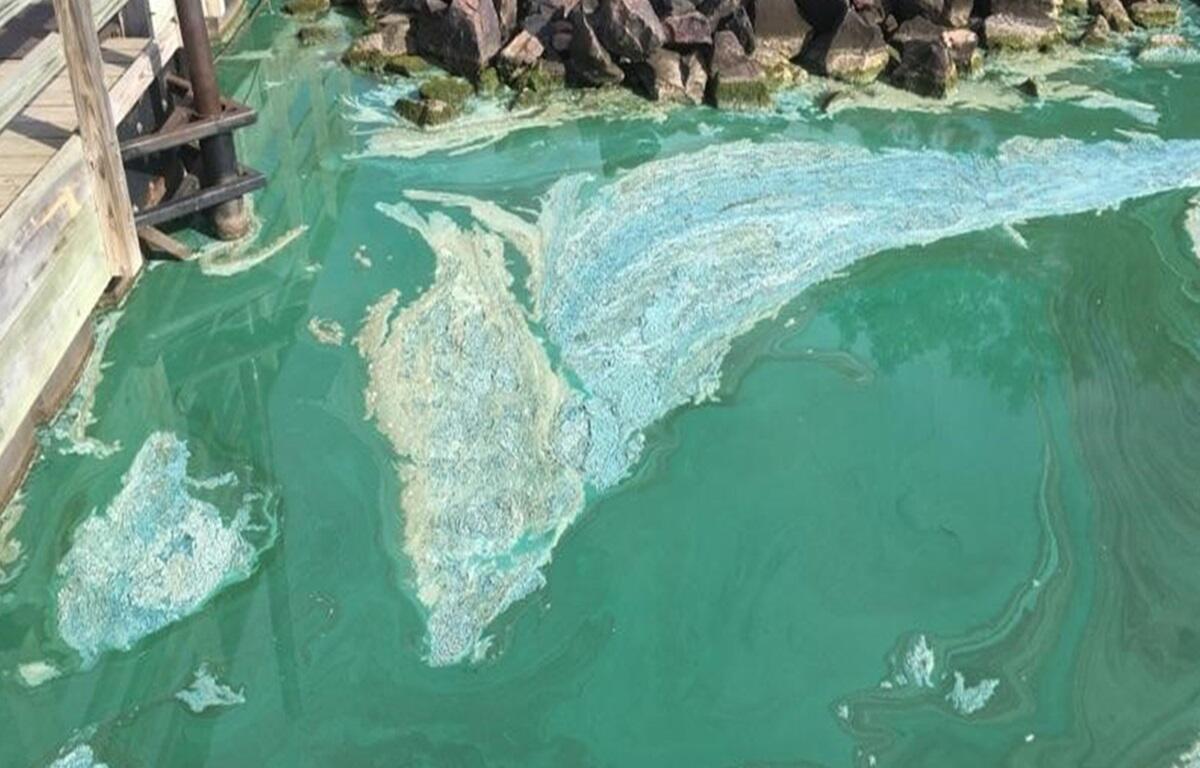PIERRE S.D. (MITCHELLNOW) There are nearly 150-thousand miles of rivers and streams in South Dakota, but new data show many of those don’t meet state standards for safe water quality. According to the state’s 2024 surface water quality report, nearly 80-percent of waters studied don’t meet the quality requirements for their intended uses, including recreation and aquatic life. The primary contaminants are E. Coli and Total Suspended Solids, which make rivers run brown. The report says some of the culprits are riverbank erosion, runoff from large farm operations and sewage overflows.
The difficulty is much of the contamination comes from nonpoint sources, meaning it accumulates from many small inputs, which are hard to regulate. Instead, the state offers incentives for voluntary action by landowners to prevent runoff, but Entenman says there’s more interest in those incentive programs than there is funding available.
The Natural Resources Conservation Service, which provides technical assistance to landowners, gets funding from the Inflation Reduction Act. Projects that can improve water quality include riparian buffers, waste management systems for livestock operators and alternative practices for row-crop growers.


